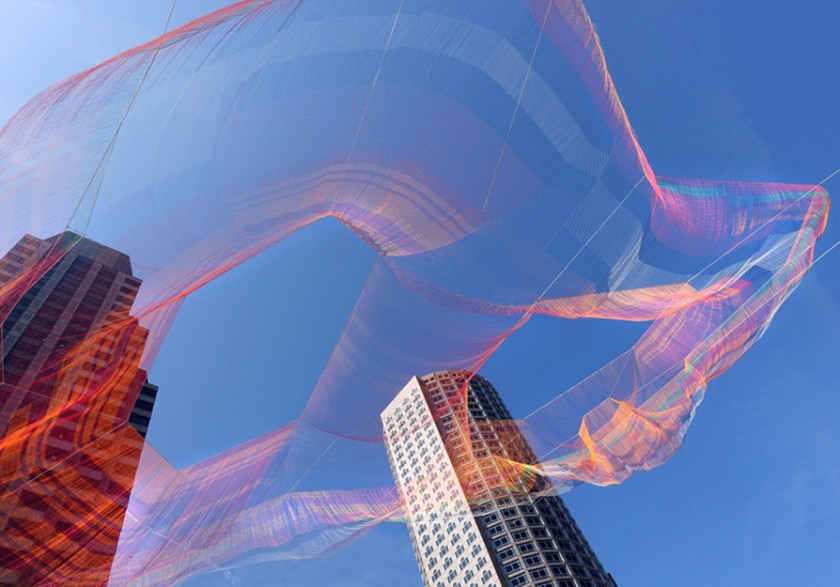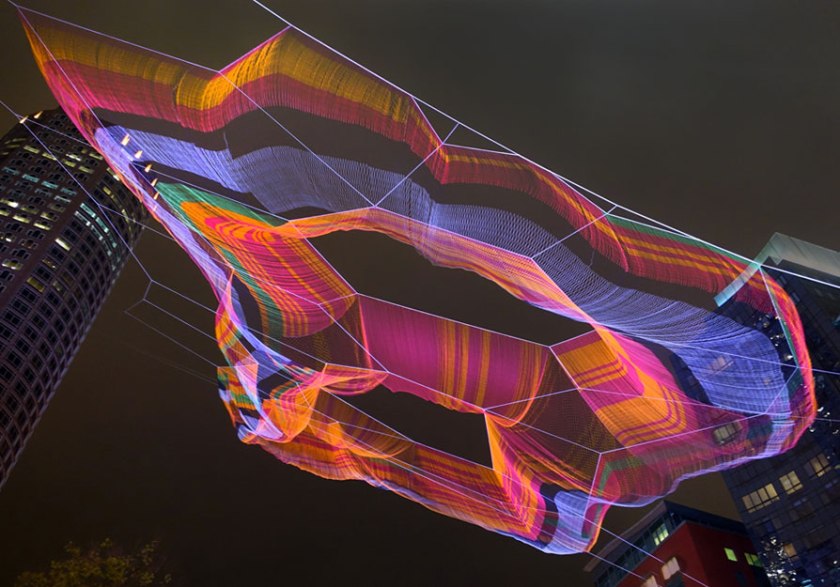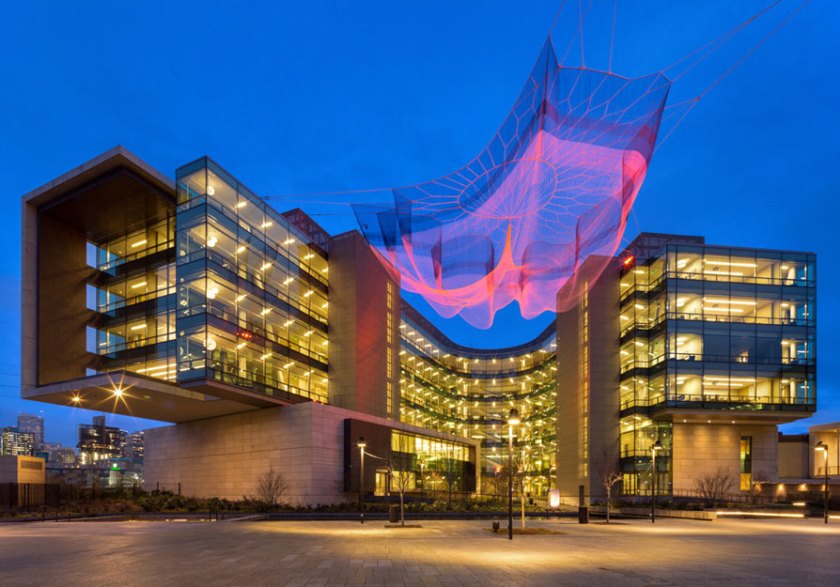Vincent Van Gogh wrote to his brother Theo of his excitement about “the modern portrait,” a picture that renders character not by the imitation of the sitter’s appearance but through the independent, vivid life of color. Van Gogh’s subject in this painting, Joseph Roulin, worked for a post office in the French town of Arles. He was not a letter carrier but rather held a higher position as an official sorting mail at the train station. Van Gogh and Roulin lived on the same street in Arles and develop a strong bond. Van Gogh eventually painted a total of 25 portraits of Joseph Roulin and his family.

While working on the above portrait of Roulin, van Gogh wrote to his brother, “I am now at work with another model, a postman in blue uniform, trimmed with gold, a big bearded face, very like Socrates.” Indeed, the modest postman has all the authority of an admiral.
The picture shown below, which van Gogh boasted of having completed quickly in a single session, was painted after Roulin got a better-paying job and left Arles. Some scholars think that this portrait was not painted from life but rather from memory or from previous portraits.

Vincent recognized Roulin’s qualities as an honest father to his family, a charitable and a good man. Indeed he proved to be a close friend of Van Gogh. Roulin wrote letters to Vincent’s brother Theo keeping him updated on his brother’s condition. He also kept writing to Vincent after he was admitted to the institution in Saint-Rémy.
Thanks to the old postman and his family – to their kindness toward this eccentric and troubled painter – Van Gogh was able to produce some of his best loved works.

You can get a better impression of this unique friendship by reading one of Joseph Roulin’s letters to Vincent like this one from August 19, 1889 from the Van Gogh Museum:
http://www.vangoghletters.org/vg/letters/let796/letter.html

























































